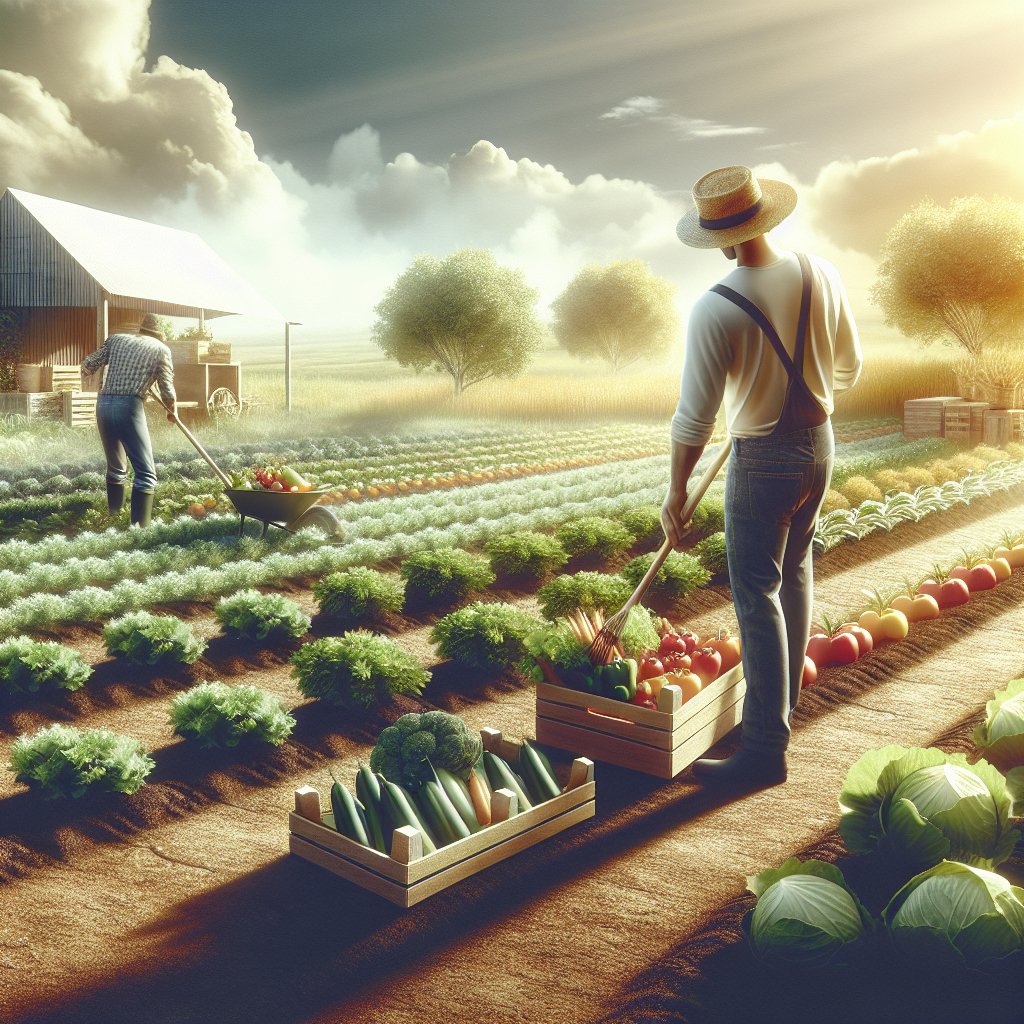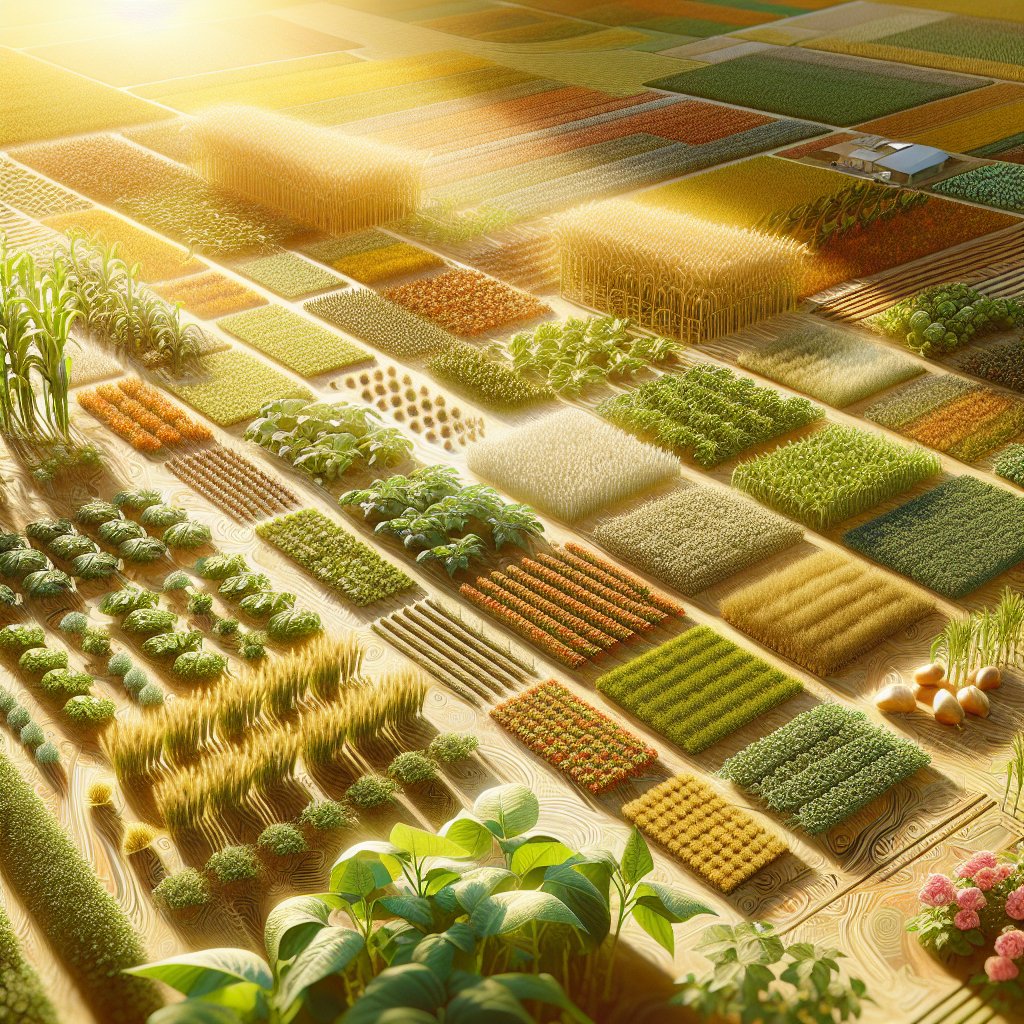Composting Innovations for Waste-Free Farms explores the transformative practices that empower modern agriculture to close the loop on organic waste. Farmers and agronomists alike are harnessing emerging methods to convert crop residues, manure, and on-farm processing byproducts into valuable amendments. By integrating novel composting setups, producers can nurture healthier soils while minimizing environmental footprints.
Farmers are increasingly aware that effective waste management is not merely a compliance measure but a strategic advantage. Through the adoption of tailored composting systems, agricultural operations can achieve greater resilience, reduce input costs, and boost yields. The following sections delve into the most promising innovations reshaping on-farm compost production and utilization.
The Rise of High-Tech Composting Systems
Traditional windrow and static pile methods have long served as the backbone of farm-scale composting. Yet, recent advancements elevate these humble techniques into precise, monitored processes. Central to this progress is the integration of real-time sensors and automated controls.
On-Farm Compost Bioreactors
Compost bioreactors are enclosed vessels or structures that regulate temperature, moisture, and airflow to optimize microbial activity. By maintaining ideal conditions, these units accelerate the breakdown of organic material, often reducing processing time by up to 40%. Key features include:
- Automated moisture dosing systems that prevent drying or oversaturation
- Temperature probes linked to feedback loops for dynamic aeration adjustments
- Modular designs allowing capacity to scale with farm size
Advanced Aeration and Turning Technologies
Proper aeration is essential to sustain aerobic microorganisms that drive efficient composting. Innovations in turning machinery now enable:
- GPS-guided turners that ensure uniform oxygen distribution
- Low-impact augers that preserve pile structure while mixing
- On-the-go emission monitoring to manage greenhouse gas outputs
These improvements collectively boost the activity of beneficial microbes, curtail odors, and shorten maturation cycles.
Enriching Soil Health with Novel Amendments
Beyond basic compost, farms are exploring enhanced blends that deliver targeted benefits. By introducing tailored additives, growers can modulate the balance of carbon and nitrogen, sequester more organic matter, and suppress soil-borne diseases.
Biochar-Integrated Compost
Biochar, a stable form of charcoal produced from biomass, is mixed directly into compost piles to create a potent soil enhancer. Advantages include:
- Increased water retention that benefits crops during drought spells
- Enhanced cation exchange capacity for sustained nutrient release
- Long-term carbon sequestration, mitigating climate impacts
Vermicomposting for Fine-Scale Nutrient Release
Worm-based systems leverage vermicomposting to convert organic waste into a highly plant-available humus. Compared to conventional methods, vermicompost:
- Contains richer concentrations of available nutrients such as phosphorus and potassium
- Promotes earthworm-driven soil structure improvements
- Releases plant-growth-promoting hormones and enzymes
Farmers often use vermicompost teas as foliar sprays or soil drenches to deliver a nutrient boost during critical growth stages.
Strategies for Implementing Waste-Free Operations
A truly waste-free farm extends composting principles across every facet of production. Achieving this vision involves cross-disciplinary collaboration, informed planning, and ongoing assessment.
Material Flow Mapping and Segregation
Conducting a thorough audit of all organic inputs and byproducts allows growers to design a streamlined composting workflow. Key steps include:
- Identifying high-volume streams such as crop residues, wood chips, and livestock manure
- Installing separate collection bins to prevent contamination
- Creating a tiered system for fast, medium, and slow-decomposing materials
Monitoring, Record-Keeping, and Continuous Improvement
Data-driven management ensures consistent outcomes and fosters perpetual refinement. Farmers are adopting digital platforms to track:
- Temperature and moisture trends across different compost phases
- Yield responses following soil amendment applications
- Greenhouse gas emissions and carbon footprint reductions
Regularly reviewing this information supports adaptive strategies, from tweaking aeration cycles to fine-tuning ingredient ratios.
Building Synergies with Agroecological Principles
While technological innovations drive efficiency gains, embedding composting within a broader agroecological framework amplifies benefits. By viewing the farm as a living ecosystem, producers can leverage natural processes to bolster resilience and productivity.
Agroforestry and Compost Integration
Combining tree and shrub plantings with compost applications enriches biodiversity and nutrient cycling. Multilayered systems:
- Shade coffee or nut groves nourished by composted mulch
- Windbreaks established with deep-rooted perennials that recycle latent soil nutrients
- Cover crop rotations that feed the composting loop with green manures
Precision Agriculture Meets Compost Analytics
Linking soil sensor networks with compost quality data enables variable-rate application of amendments. This targeted approach:
- Optimizes soil porosity and organic matter levels zone by zone
- Minimizes nutrient runoff and leaching into waterways
- Supports robust plant growth by matching amendment profiles to crop demands
Such precision fosters long-term soil health and economic sustainability.
Future Horizons for On-Farm Waste Valorization
Emerging research points to new frontiers, from microbial consortia tailored for specific feedstocks to biopolymer recovery from compost leachates. Looking ahead, farms may integrate:
- Genetically optimized inoculants to supercharge decomposition
- Closed-loop nutrient recovery systems that reclaim ammonia and phosphorus
- Vertical compost reactors for urban or peri-urban agriculture
By embracing these cutting-edge solutions, the agricultural sector can edge closer to a zero-waste paradigm—one where every organic input is recycled into a yield of enriched soil and bountiful harvests.



